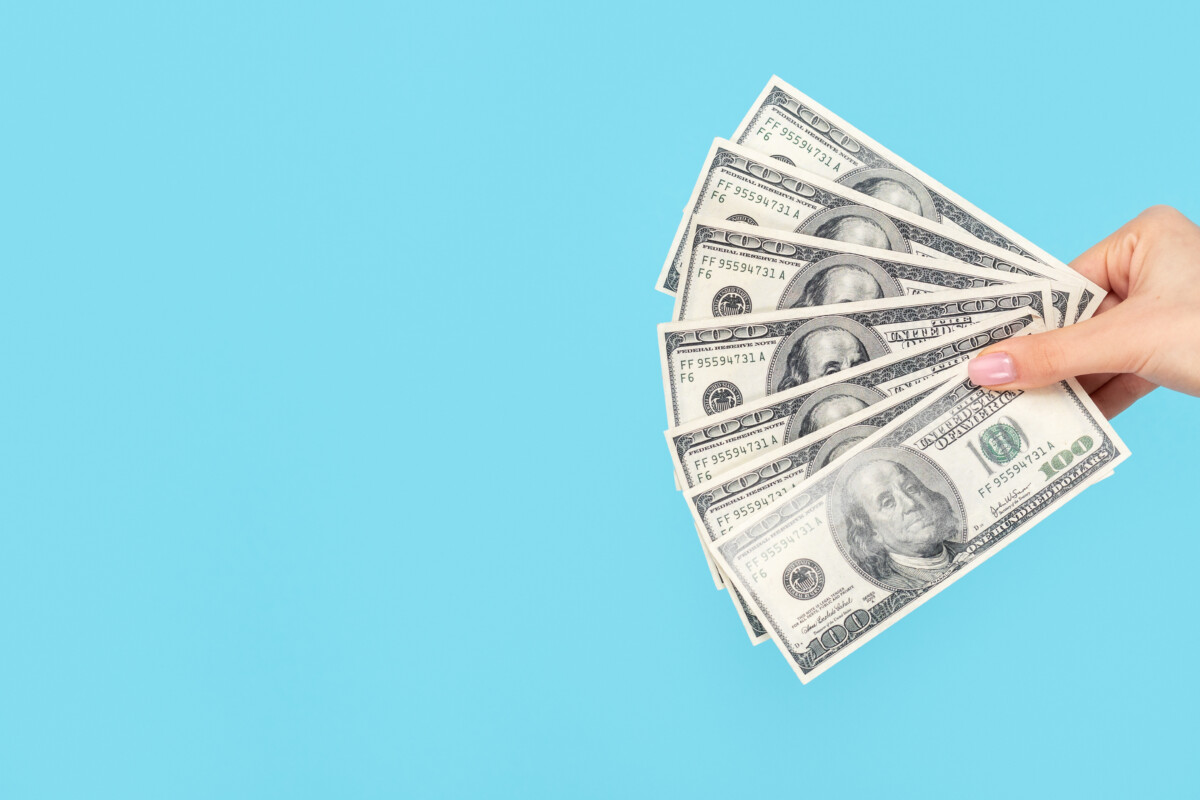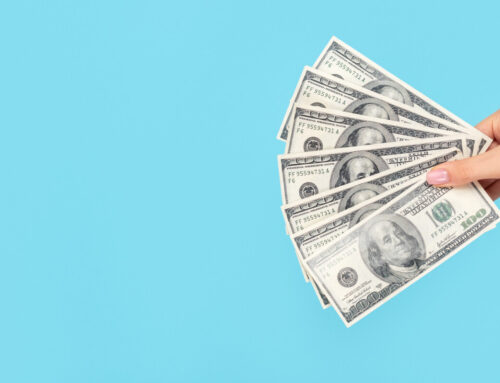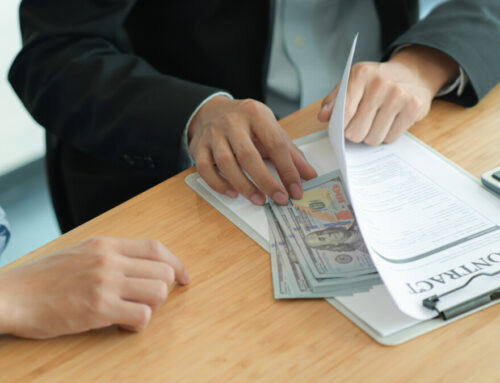
When money runs short, a cash advance can seem like a quick fix. But what many don’t realize is how expensive it can get once the cash advance fees and interest rates start piling up. Understanding these costs helps you make better financial decisions and avoid unnecessary debt traps.
In this detailed guide, you’ll learn what cash advance fees are, how interest works, and practical ways to keep costs under control.
What Is a Cash Advance?
A cash advance is a short-term loan that lets you borrow cash against your credit card or through a payday or online lender. It’s a convenient option when you need funds urgently, but it’s also one of the most expensive borrowing methods available.
Types of Cash Advances
-
Credit Card Cash Advance – Borrowed directly from your credit card’s limit.
-
Payday or Online Advance – A short-term loan until your next paycheck.
-
Bank Cash Advance – A small loan issued by your bank, often with fixed terms.
💡 Looking for fast, simple funding with transparent fees? Visit AdvanceCash.com or call (833) 501-3363 today.
Understanding Cash Advance Fees
Let’s break down the common cash advance fees you’ll face. Each fee type contributes to the overall cost of borrowing.
1. Cash Advance Fee (Upfront Charge)
This is a one-time fee charged when you withdraw cash.
It’s usually:
-
3%–5% of the total amount borrowed, or
-
A minimum of $10, whichever is higher.
Example:
If you borrow $500 and the fee is 5%, you’ll pay $25 upfront. You’ll actually receive only $475 but owe $500 plus interest.
2. High Interest Rates
Cash advance interest rates are significantly higher than normal credit card purchases.
Most cards charge 20%–30% APR or more. Interest starts immediately, with no grace period.
Example:
If your APR is 28% and you don’t repay for two months, you could owe over $23 in interest on a $500 advance.
💡 Avoid high cash advance interest rates. Choose better options at AdvanceCash.com or call (833) 501-3363 for guidance.
3. ATM and Transaction Fees
If you withdraw your cash advance from an ATM, expect:
-
ATM operator fee: $2–$10
-
Bank transaction fee: May apply depending on your provider
These small fees add up, increasing your total repayment amount.
4. Late Payment Fees
If you miss a payment, you’ll likely pay a late fee of $25–$40. This not only raises your balance but can also hurt your credit score.
5. Over-the-Limit Fees
If your cash advance pushes your credit card balance over its limit, some banks may charge an over-limit fee of up to $35.
Why Are Cash Advances So Expensive?
The main reason is risk. Lenders see cash advances as riskier than regular credit card purchases because borrowers often use them in emergencies. To protect themselves, lenders charge higher interest and additional fees.
Additionally, interest compounds daily. This means you’ll owe interest on your unpaid balance plus the previous day’s interest, making it grow faster.
💡 Want transparent, low-fee funding? Apply now at AdvanceCash.com or call (833) 501-3363.
How to Calculate the Total Cost of a Cash Advance
Here’s how to estimate what you’ll really pay for a cash advance:
-
Start with the principal amount.
Example: $500 -
Add the cash advance fee.
5% of $500 = $25 -
Add the interest.
For a 28% APR (monthly rate = 2.33%)
2 months = $500 × 0.0233 × 2 = $23.3 -
Total repayment = $500 + $25 + $23.3 = $548.3
That’s nearly $50 in costs for a $500 loan — and that’s without counting ATM or late fees.
How to Minimize Cash Advance Costs
If you ever need a cash advance, here’s how to limit the damage.
1. Borrow Only What You Need
Don’t withdraw the full available amount. Take the minimum necessary to cover your emergency.
2. Repay Quickly
Interest starts immediately. Repaying within days instead of weeks can save you significant money.
3. Avoid Using ATMs
Withdraw through your bank or card provider to avoid third-party ATM fees.
4. Read the Fine Print
Before taking a cash advance, review:
-
APR (interest rate)
-
Fee percentage
-
Payment terms
5. Consider Alternatives
Look for lower-interest options like personal loans or paycheck advances.
💡 Get flexible repayment and transparent rates with AdvanceCash.com. Call (833) 501-3363 for expert advice.
Alternatives to Cash Advances
There are safer ways to access money without paying extreme interest.
1. Personal Loans
They often have lower rates and fixed repayment plans, making them easier to manage.
2. Credit Union Loans
Some credit unions offer small, low-interest loans for members.
3. Employer Paycheck Advances
Ask your employer if they can give you an early paycheck release.
4. Emergency Savings
Building a small savings cushion prevents the need for costly advances in the future.
5. Peer-to-Peer Lending
Platforms allow you to borrow directly from individuals with flexible rates.
Real Example: The Hidden Costs of a Cash Advance
Let’s say Sarah takes a $300 cash advance on her credit card:
-
5% fee = $15
-
27% APR = $6.75 interest (for one month)
-
ATM fee = $4
In one month, she owes $325.75 — nearly 9% more than she borrowed. If she delays payment, interest will continue to build daily.
💡 Don’t let fees pile up. Choose a transparent funding plan at AdvanceCash.com or call (833) 501-3363.
How Cash Advance Interest Rates Work
Cash advance interest is different from regular credit card interest:
-
No grace period – Interest starts from day one.
-
Higher APRs – Often 10%–15% higher than purchase rates.
-
Compounds daily – Grows faster over time.
Even small delays can cost a lot.
Example:
Borrowing $500 for 60 days at 30% APR = $25 in interest alone.
That’s why it’s crucial to pay early and avoid repeated advances.
The Truth About “Instant Money” Promises
Some lenders advertise “no-fee” or “instant cash advances,” but hidden fees often exist. Always check:
-
Processing fees
-
Hidden withdrawal costs
-
Account setup charges
If an offer seems too good to be true, it probably is.
For more insights on myths around fast loans, check this useful article:
👉 5 Common Payday Loan Myths on ExpressCash.
How to Avoid Falling into the Cash Advance Trap
Here are simple tips to stay safe:
-
Create a budget – Plan expenses and build an emergency fund.
-
Avoid repeated borrowing – Multiple advances can harm your credit.
-
Seek help early – If you’re struggling, credit counseling can help manage debt.
-
Compare rates – Don’t take the first offer; shop around.
These small steps can protect you from long-term debt problems.
When Is a Cash Advance Worth It?
A cash advance may be reasonable if:
-
You have an immediate emergency, like medical or car repairs.
-
You can repay quickly, ideally within two weeks.
-
Other loan options are unavailable.
However, it’s not ideal for routine expenses or long-term borrowing.
How to Build Financial Stability After a Cash Advance
Once you’ve cleared your advance, focus on improving your financial health.
-
Build a Small Savings Fund
Even $10–$20 a week helps you avoid borrowing again. -
Monitor Your Spending
Use budgeting tools to track and control where your money goes. -
Pay Bills on Time
This protects your credit and saves on late fees. -
Reduce High-Interest Debt
Focus on paying off expensive loans first.
Cash advances can be convenient but costly. Between cash advance fees, interest rates, and hidden charges, they can quickly grow into heavy debt. The key is to borrow smart, repay fast, and know your terms upfront.
If you ever need extra funds, make sure you choose a reliable lender with transparent costs and flexible repayment options.
Visit AdvanceCash.com or call (833) 501-3363 to find low-cost alternatives and avoid the financial stress that comes with high-fee cash advances.
FAQs
1. What is the typical fee for a cash advance?
Usually 3–5% of the borrowed amount or a minimum of $10.
2. How are cash advance interest rates different from regular rates?
They’re higher and start accruing interest immediately, unlike regular purchases.
3. Can I avoid cash advance fees?
Some lenders may offer lower fees or fixed-rate options. Always check before borrowing.
4. How long before interest starts on a cash advance?
Interest starts right away—there’s no grace period.
5. What’s the best way to avoid cash advance debt?
Borrow only when necessary, pay quickly, and explore safer alternatives like personal loans.


